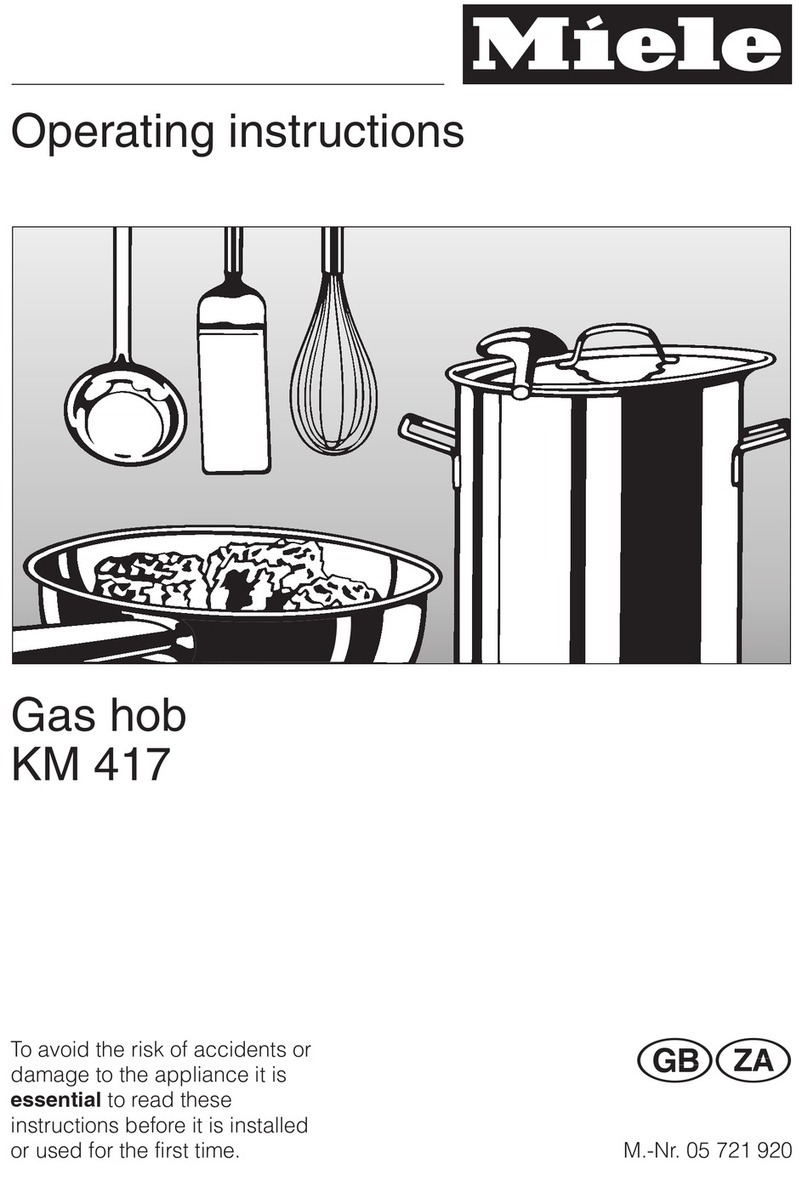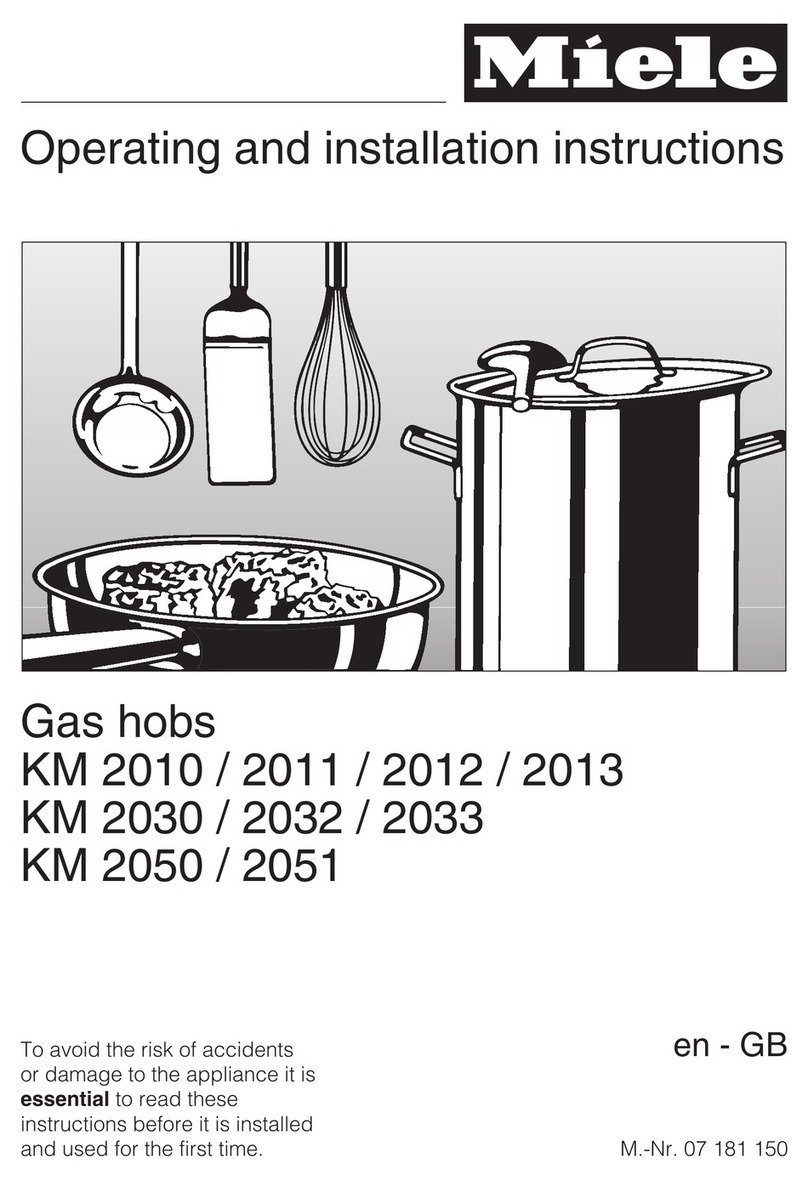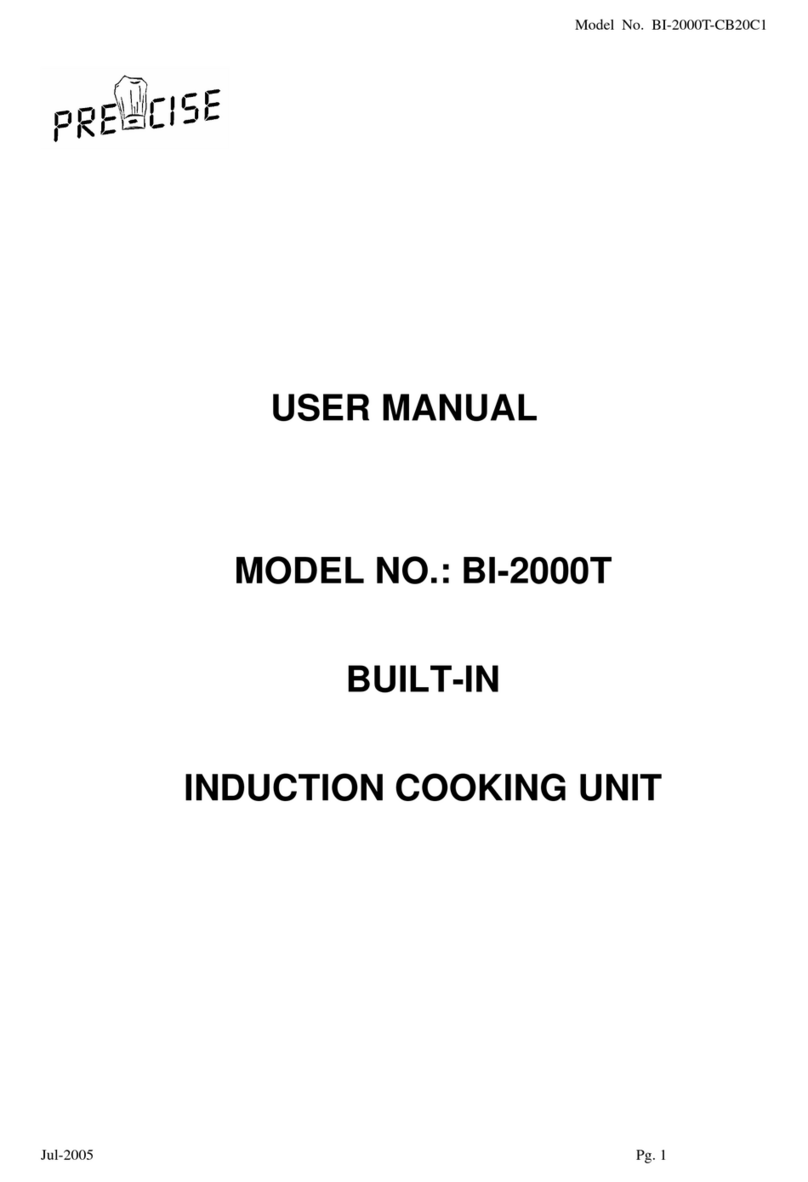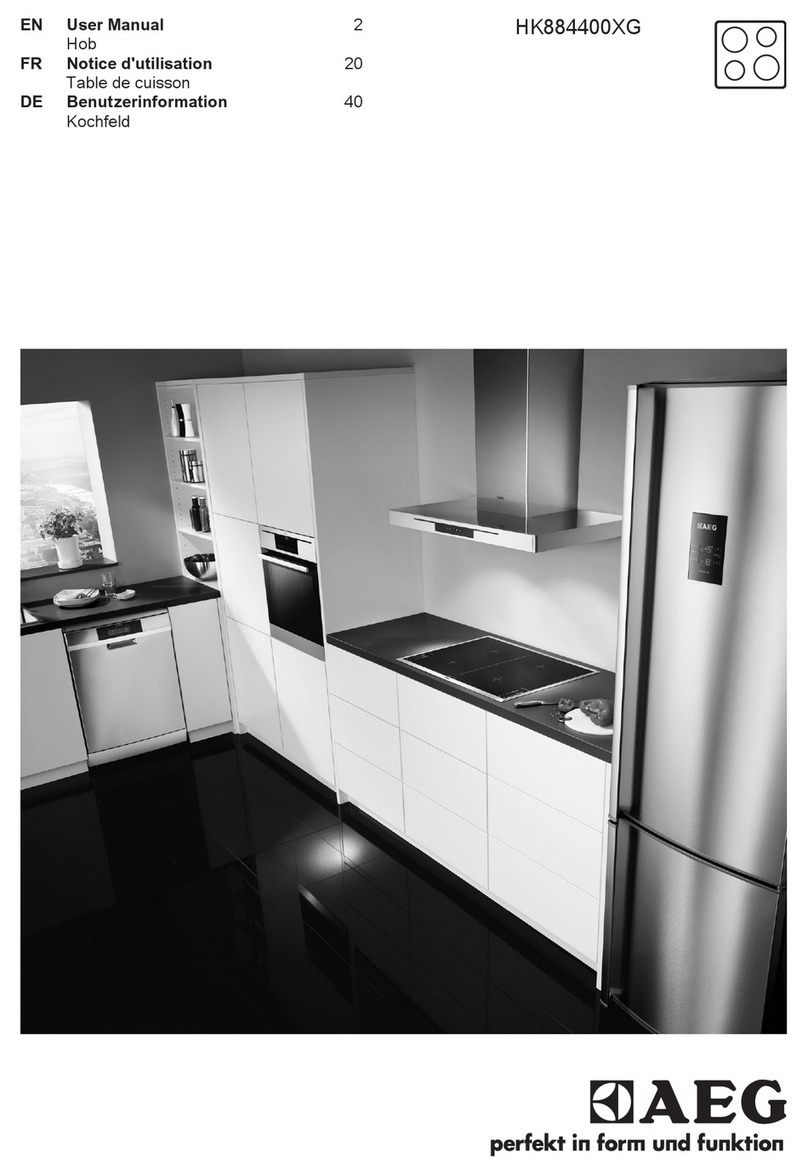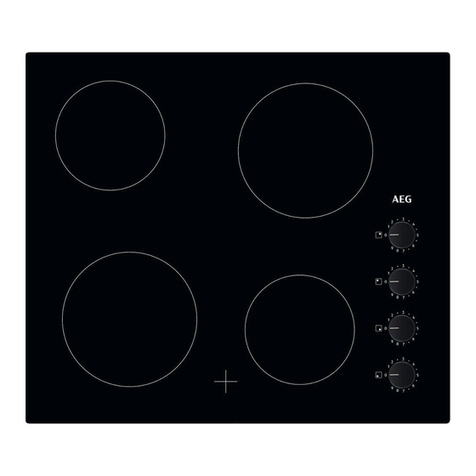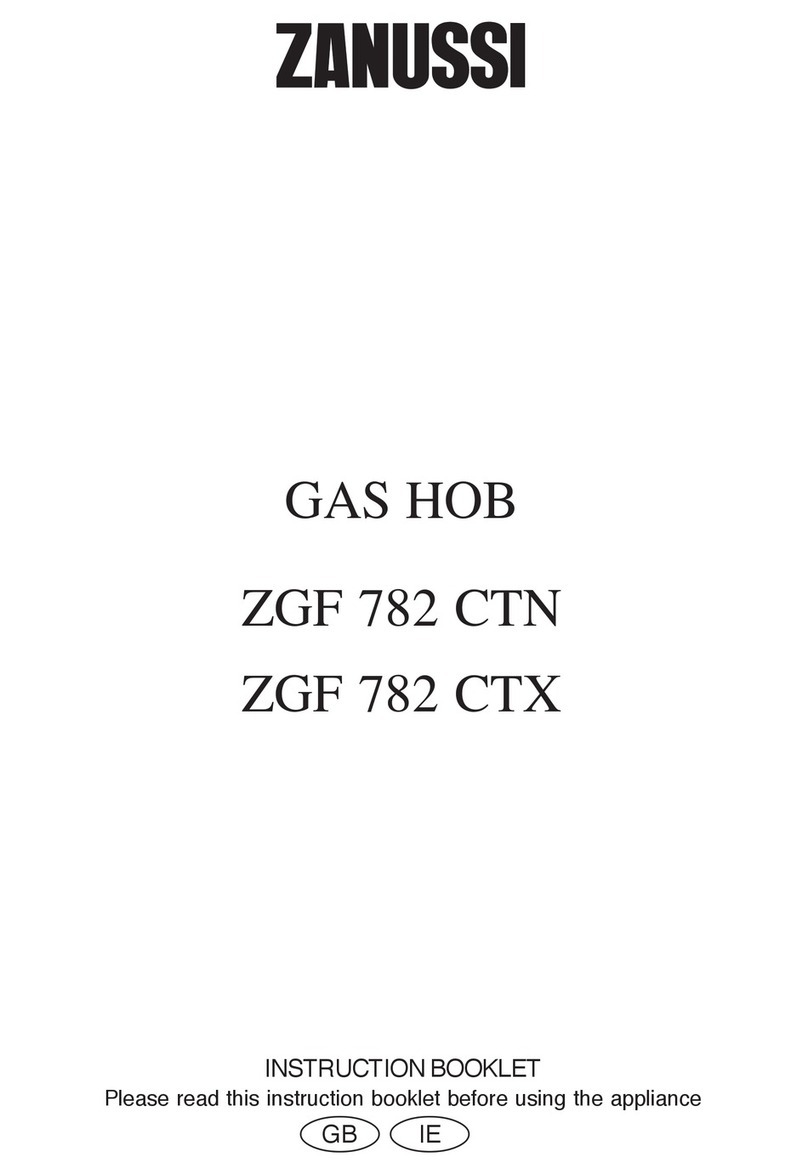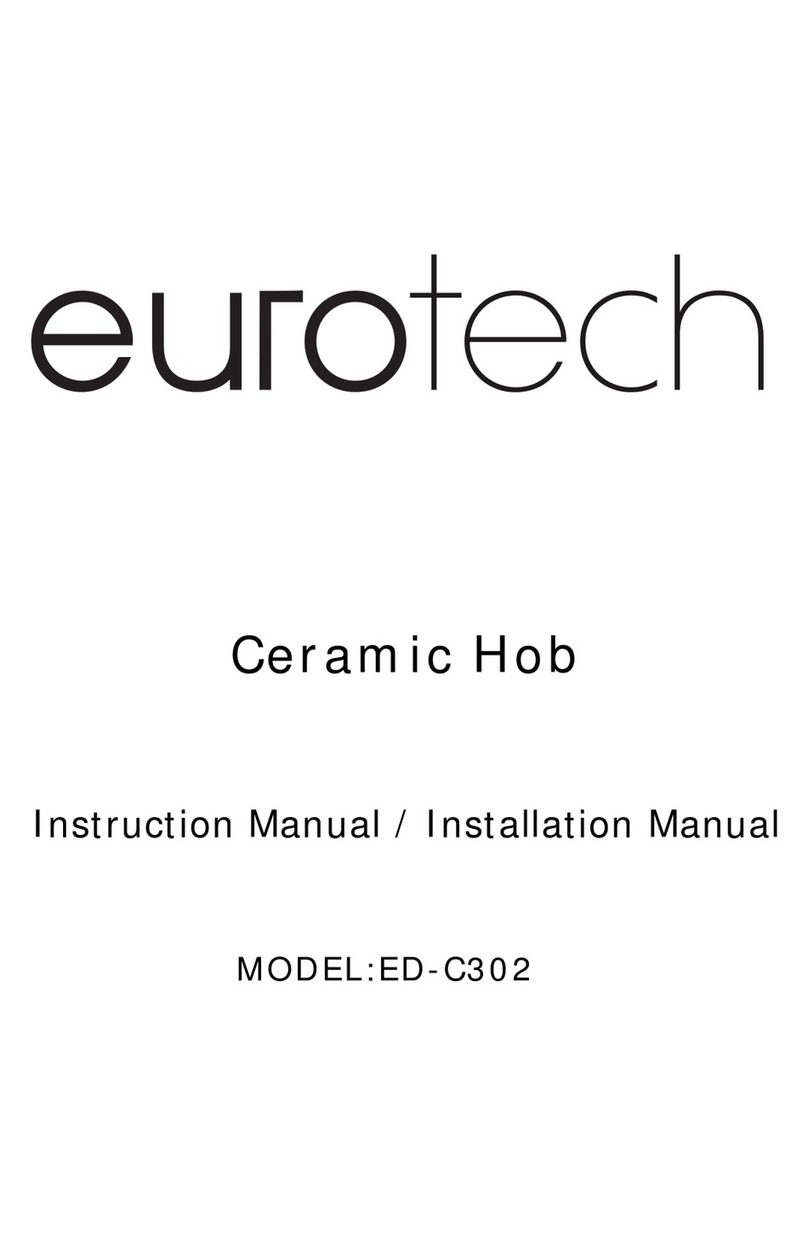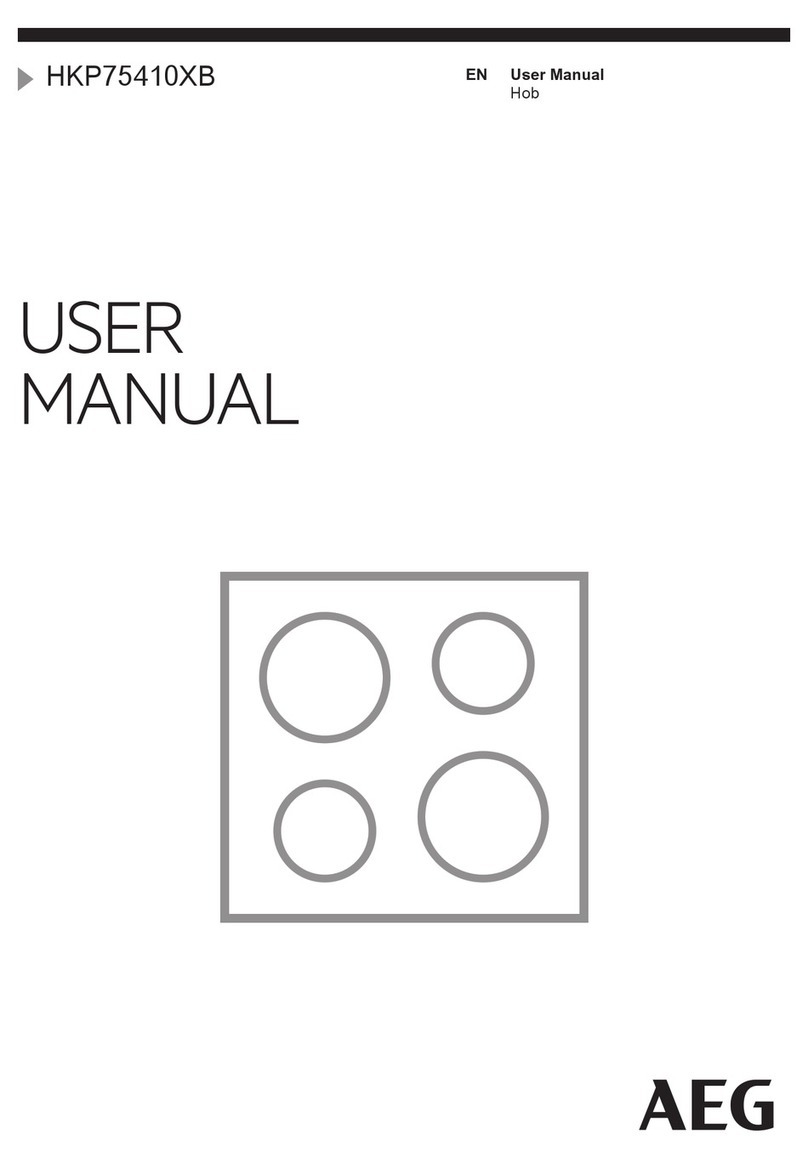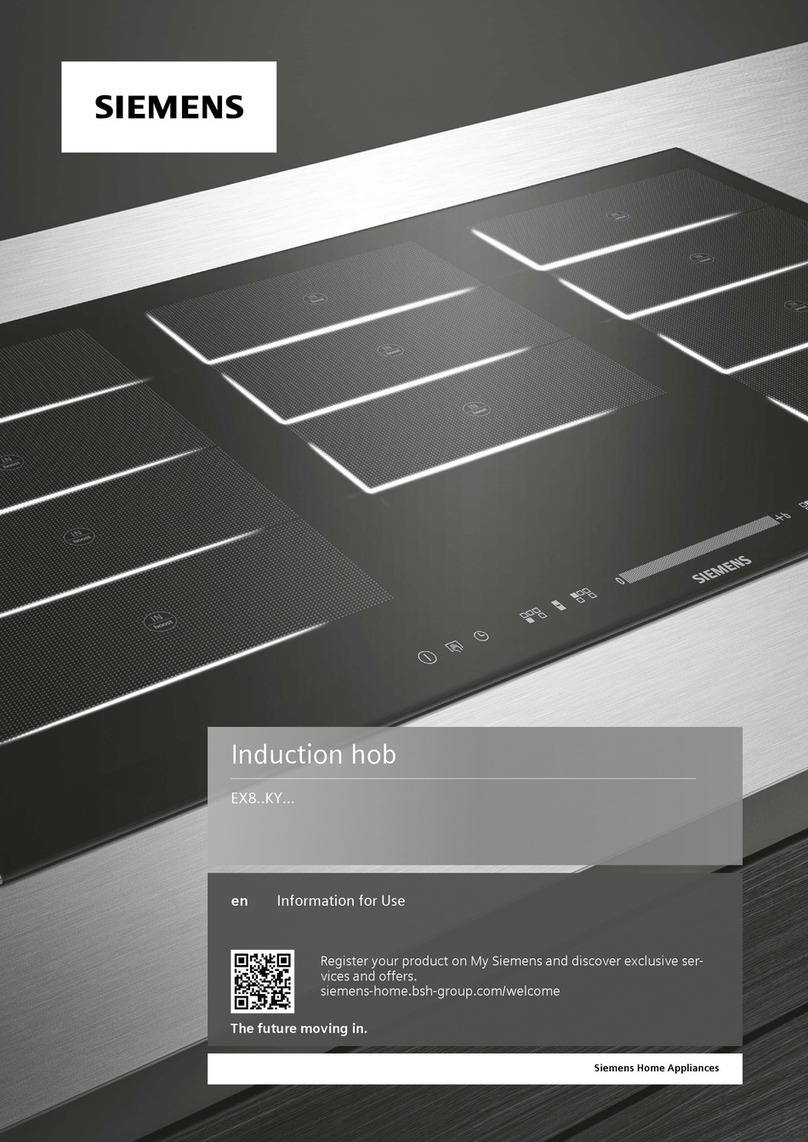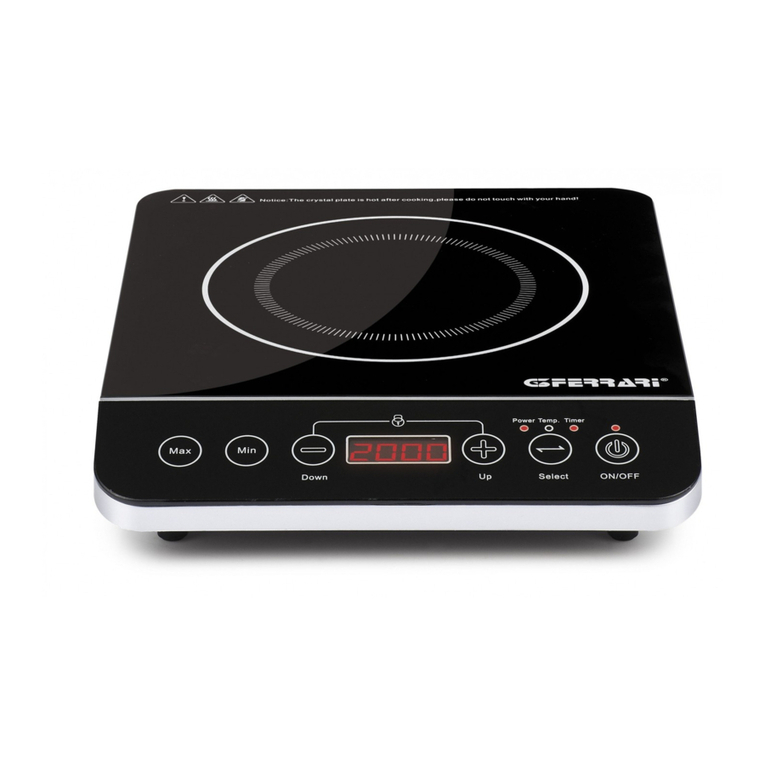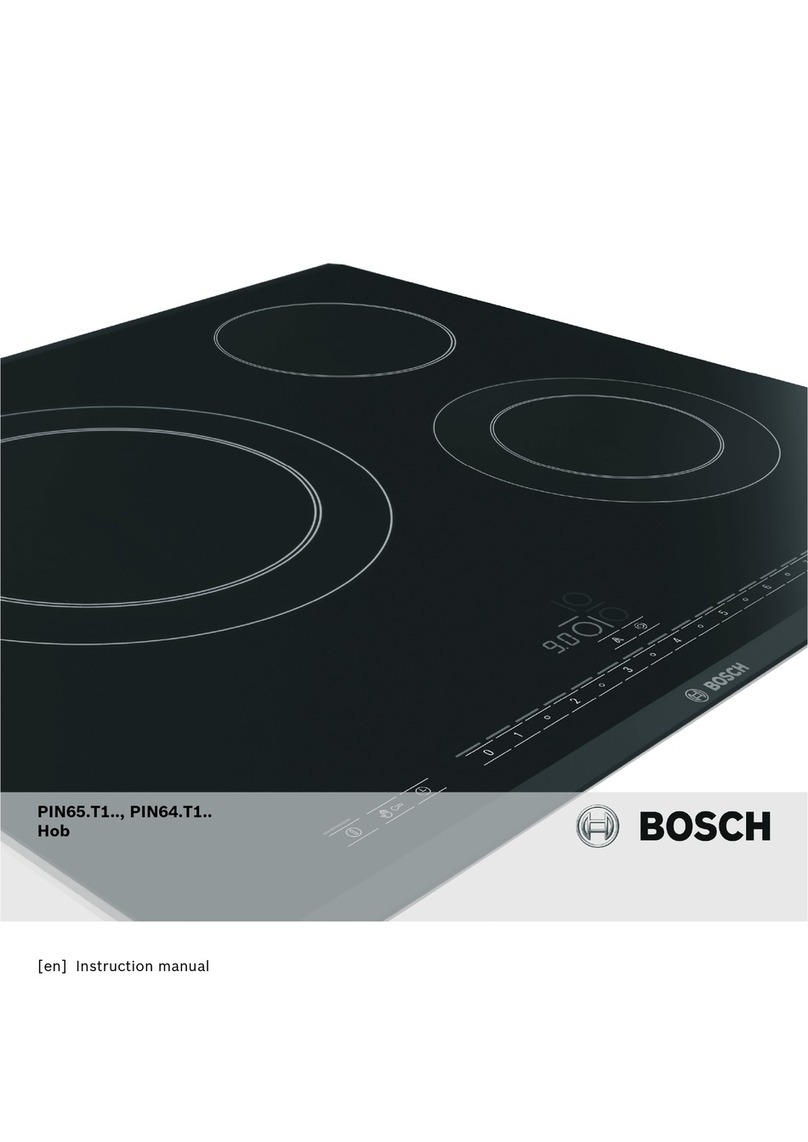Miele CS 1234 User manual
Other Miele Hob manuals

Miele
Miele KM 7564 FR User manual
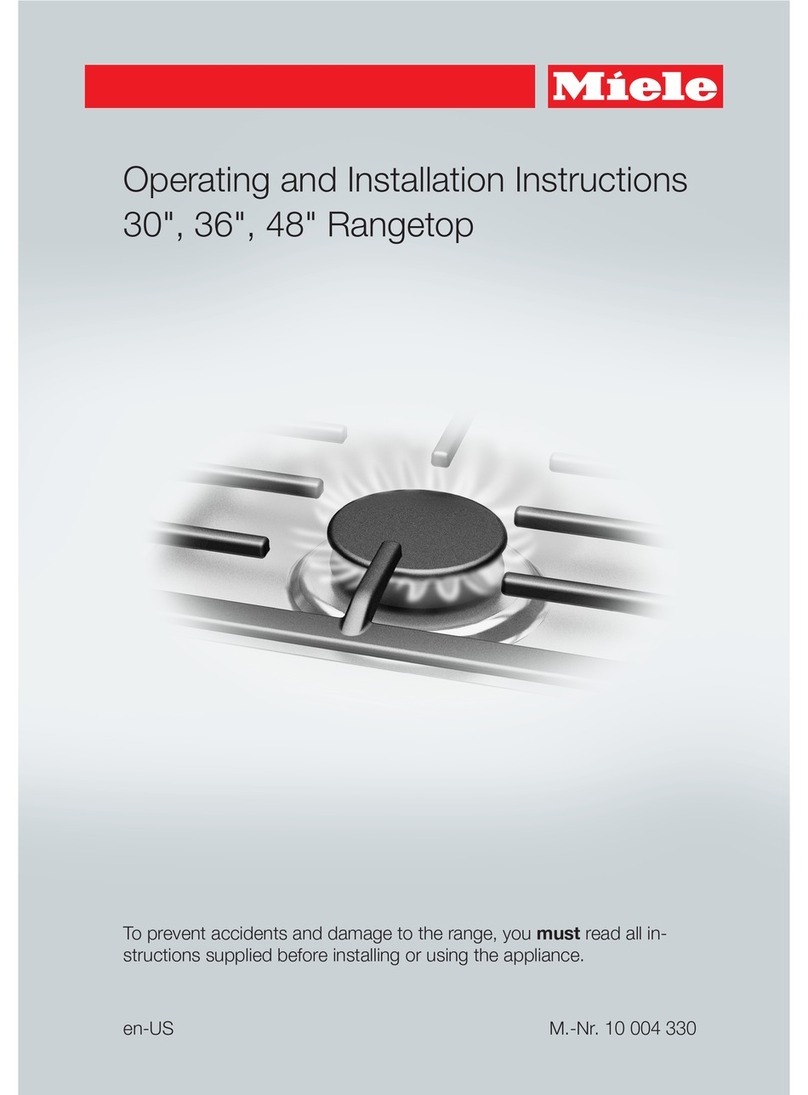
Miele
Miele KMR1124 G User manual
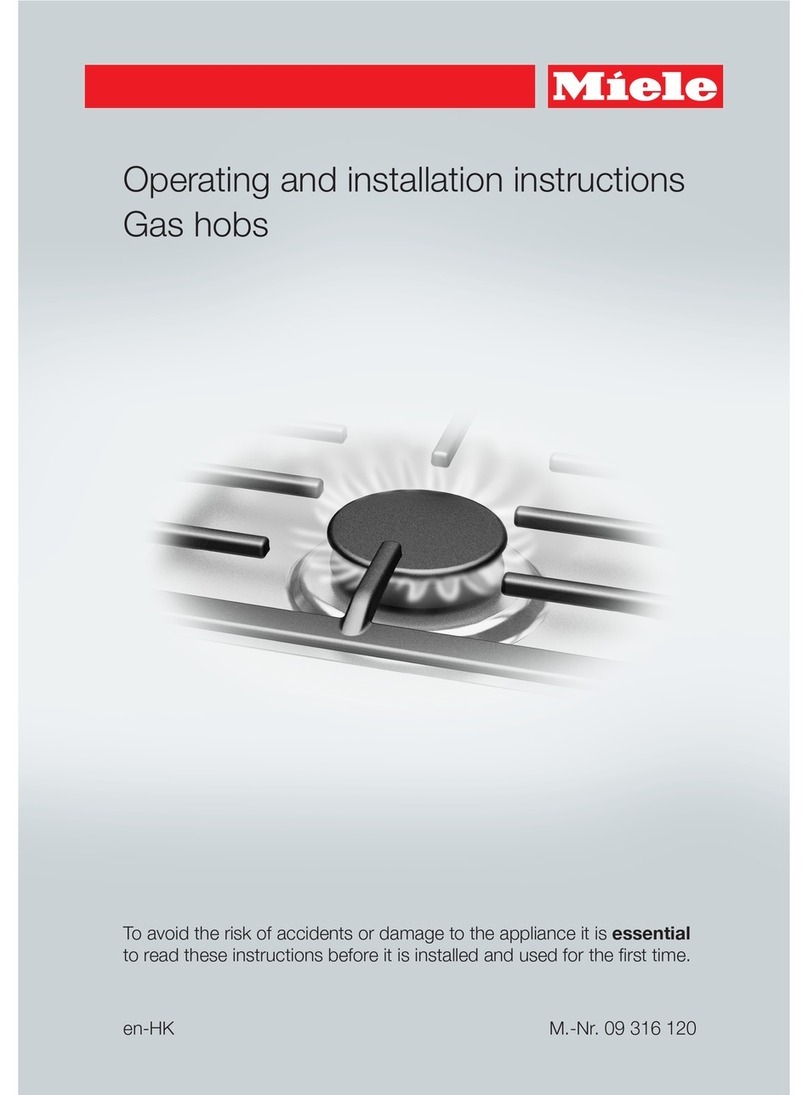
Miele
Miele KM 3014 User manual

Miele
Miele KM 3010 User manual

Miele
Miele KM 6564 FR User manual

Miele
Miele KM 404 User manual

Miele
Miele KM 5987 User manual
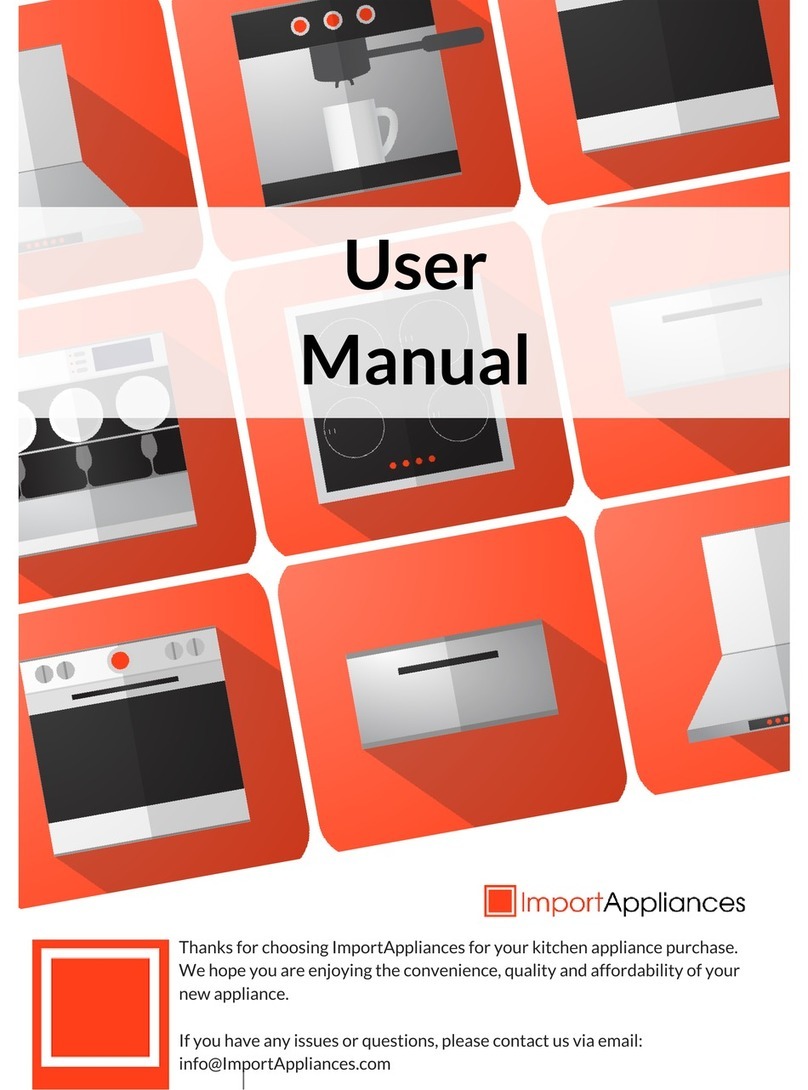
Miele
Miele CS 1112 User manual

Miele
Miele KM 6375 User manual

Miele
Miele KM 6565 FR User manual

Miele
Miele KM 6200 User manual
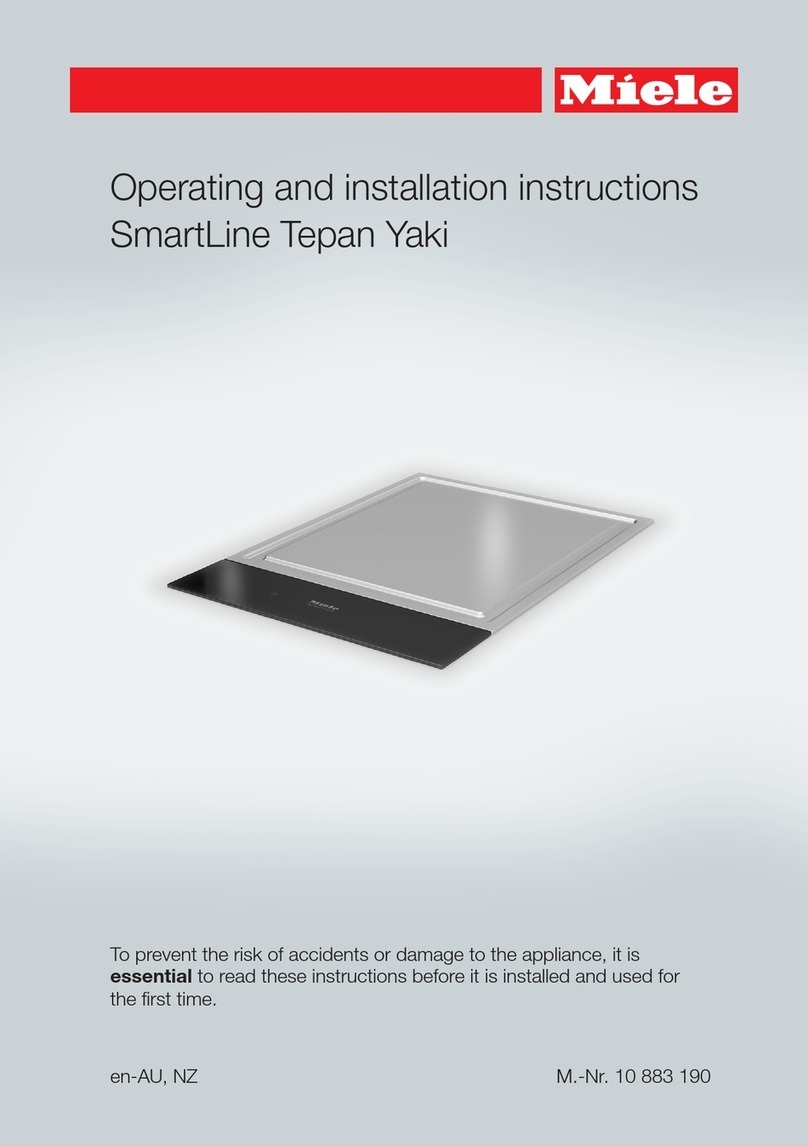
Miele
Miele SmartLine Tepan Yaki User manual

Miele
Miele KM 6112 User manual

Miele
Miele KM 553 Specification sheet

Miele
Miele KM 7564 FR User manual

Miele
Miele CS 1326 Specification sheet
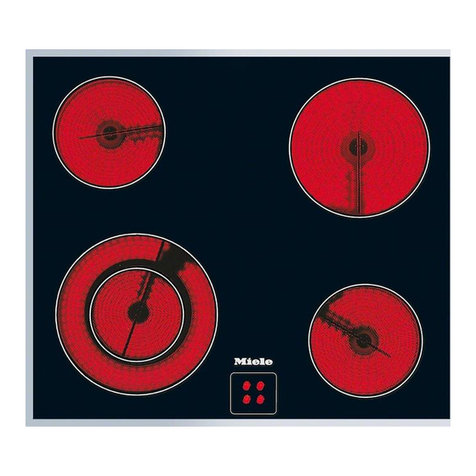
Miele
Miele KM 6012 User manual

Miele
Miele Miele@home XKM 2000 KM User manual

Miele
Miele KM 7201 FR User manual
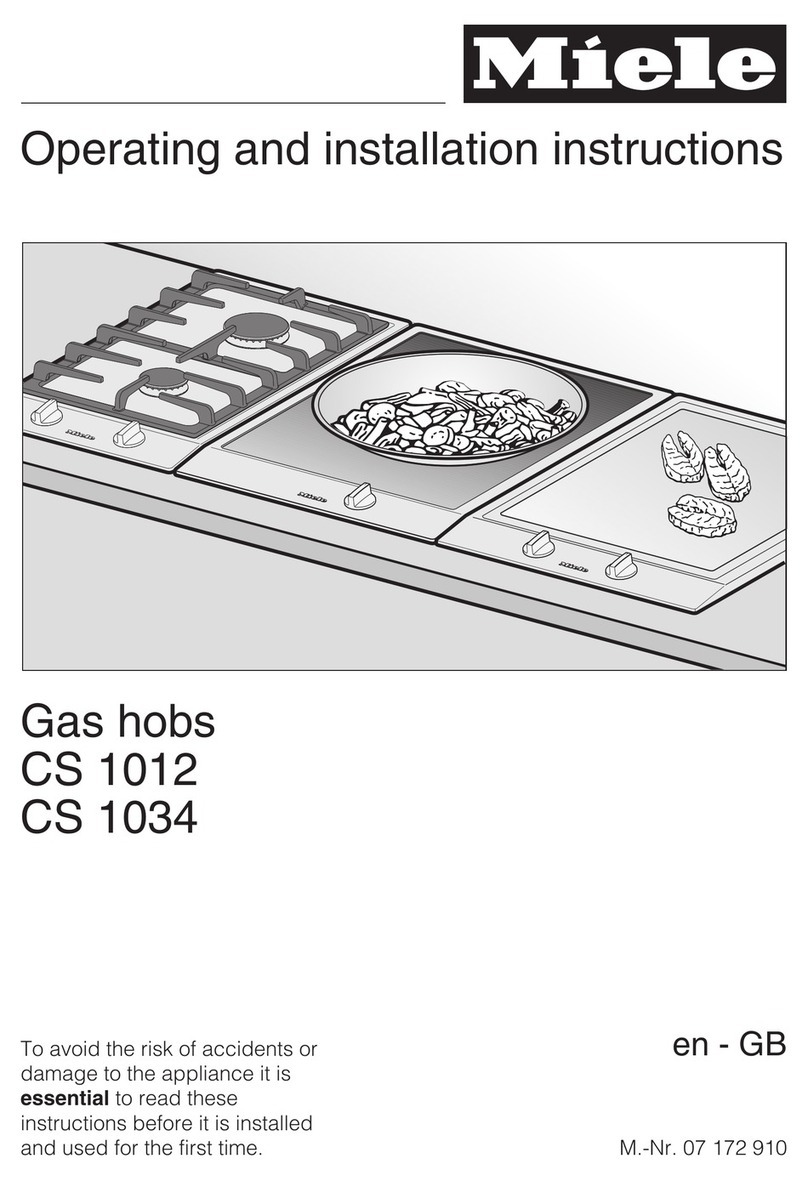
Miele
Miele GAS COMBISET CS 1012 User manual
